10 Essential Hidden Tracks
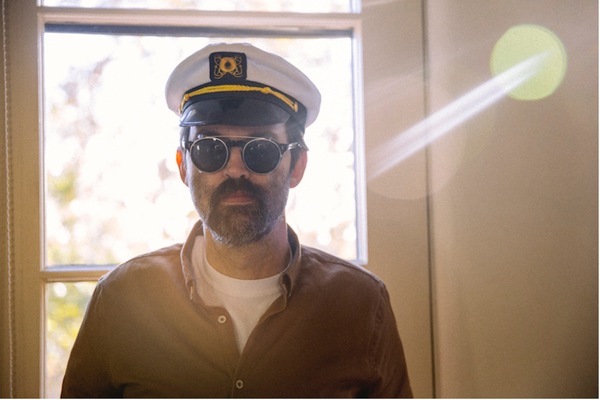
Sometimes the most interesting songs on an album aren’t even on the tracklist. Back in the ’90s, it was common practice for albums to contain a little something extra tucked away at the very end, after the last song, either as an extra track or following several minutes of silence. In rarer cases, you’d have to rewind the first track to some strange negative space that contained an easter egg. But hidden tracks have been a part of pop music for years, and this week we’re celebrating our favorite songs that have been tucked away, glossed over or unmarked. They were surprises the first time we heard them, but they’ve got staying power. Read our list of 10 Essential Hidden Tracks.
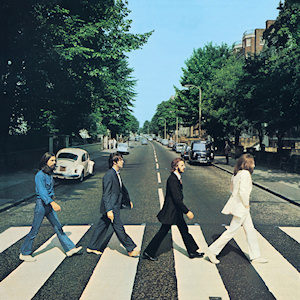
The Beatles – “Her Majesty”
from Abbey Road (1969; Apple)
Short, unlisted, and appearing 14 seconds after the end of Abbey Road’s “The End,” “Her Majesty” is an early example (perhaps the first) of a hidden final track in the evolution of the album. And, interestingly enough, it was entirely accidental. Intended as a transition between “Mean Mr. Mustard” and “Polythene Pam,” the 23 second clip was edited out on McCartney’s request. Its inclusion on the final mix of Abbey Road only happened because the band enjoyed the accidental effect reached when the final note of “Mean Mr. Mustard” was cut off as the beginning of the clip. Add to that the fact that the tracklist was already printed on sleeves before the track was added and, voila!, we have our first hidden track—a happy mistake paving the way to a coveted tradition in rock, pop and beyond. – ATB
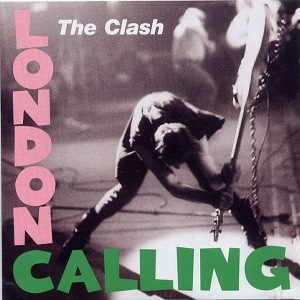
The Clash – “Train In Vain”
from London Calling (1979; CBS)
“Train in Vain,” the unlisted closing track on The Clash’s London Calling, came as a bolt of inspiration to Mick Jones just as the process of wrapping up the 19-song double album was coming to a close. Written in one night and recorded the next day, the band finished it up just after the artwork was sent off to the printer. And that’s what makes this an interesting “hidden” track, in that it wasn’t really intended to be. In fact, the band recorded it as a promotional track for an NME flexi disc, which subsequently fell through. But the song was good enough to keep, and thus ended up closing out the band’s 1979 masterpiece. No warning on the tracklist, no lyrics on the insert, just an infectious cherry on top of an already great four sides of rock ‘n’ roll. – JT
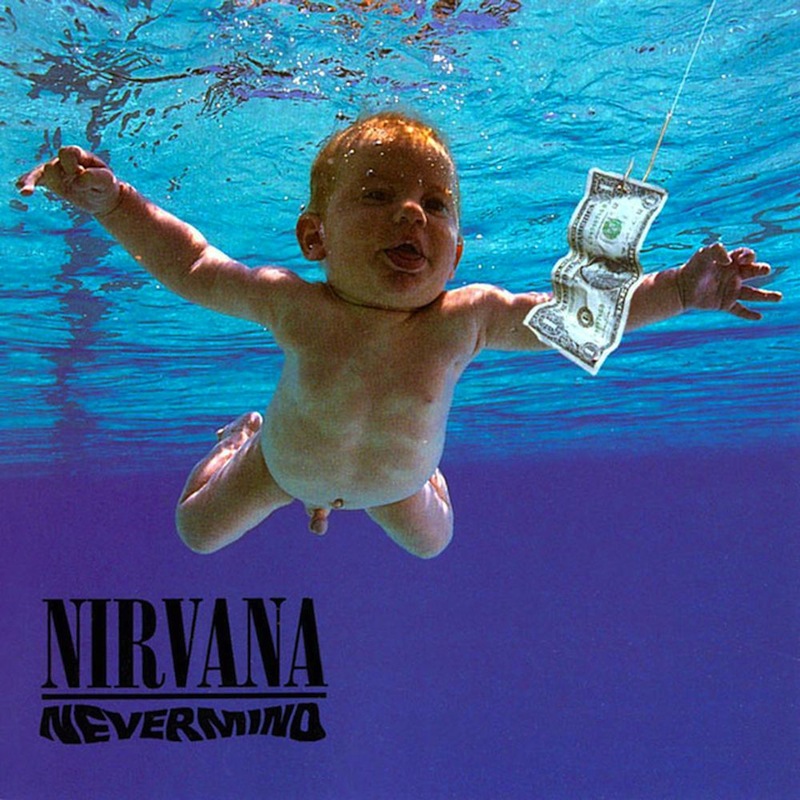
Nirvana – “Endless, Nameless”
from Nevermind (1991; DGC)
Furtively tucked in after 10 minutes of silence that follow the faux closing track on the Nevermind CD is a self-effacing celebration of misplaced juvenilia. “Endless, Nameless” came about as a by-product of a botched take of “Lithium” that suffered from mechanical problems. Really having absolutely nothing to say, nor a constructive arena in which to say it, Kurt Cobain just lets his worst sound-check impulses run the table. Clipped and shouted lyrics, guitar with way too much chorus effect, caveman-envy drumming from Dave Grohl, alleged bass playing from Krist Novoselic and that fallback showoff crutch for the global brotherhood of junior-varsity sound engineers everywhere: extreme stereo panning. That’s all part of the rip-snorting hilarity of “Endless, Nameless,” which concludes with Kurt smashing a guitar with which he’s having control issues.- PP
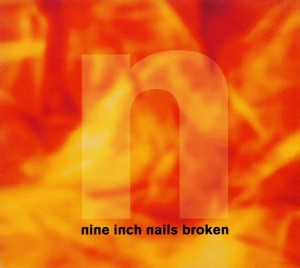
Nine Inch Nails – “Physical (You’re So)”
from Broken (1992; Nothing/Interscope)
While “Closer” is the best-known example of Nine Inch Nails ditching pure self-abnegation for fiery raw sexuality, it’s got nothing on the first hidden track of Broken. “Physical (You’re So)” is positively striptease-routine-worthy. While relatively faithful to Adam & The Ants’ original, Trent Reznor & Co. up the ante in heaviness and urgency. It’s also one of Reznor’s best, most melodic vocal performances. If you haven’t yet, once you hear it you’ll never forget how he sings “I want your rough house, baby,” or “I want to say all those things that would be better unsaid,” or even his “whoa-oh-oh-oh-oh-OH GOD DAMN IT!” in the breakdown. In NIN’s hands, a playful, semi-aloof punk tune about a dysfunctional (and addictive) sexual relationship becomes an industrial-rock powerhouse so aggressively lust-fueled you’re not sure who’s too physical for whom. – LG
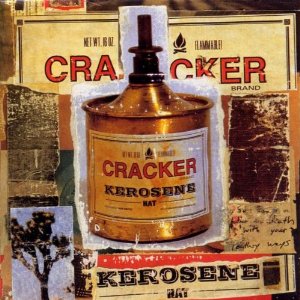
Cracker – “Euro-Trash Girl”
from Kerosene Hat (1993; Virgin)
There are hidden tracks that fans can turn into cult favorites, and then there are hidden tracks that somehow get lifted into mainstream consciousness through radio play and consumer demand. David Lowery parlayed his rep leading the quirky college rockers Camper Van Beethoven into a more visible presence with Cracker as alternative music became the way of the world. Following their self-titled 1992 debut, the band quietly released an EP of live takes called Tucson with this cut stashed in the middle. They then snuck it into a parcel of hidden tracks on their sophomore LP Kerosene Hat. That album was propelled by clear hits “Low” and “Get Off This,” and as more people waited for their CD players to process blank tracks, they discovered this crunchy epic that seemed more about misfortunes straight out of National Lampoon’s European Vacation than any actual search for an “angel in black.” Eventually the song warranted its own single, released in 1994. – AB
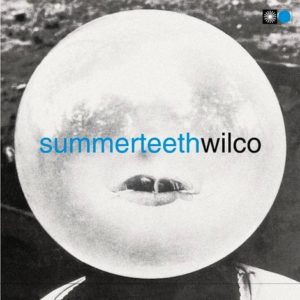
Wilco – “Candyfloss”
from Summerteeth (1999; Reprise)
When Wilco released their 1999 album Summerteeth, the Chicago outfit had mostly shaken off their alt-country roots, instead fully embracing a bright and kaleidoscopic power pop sound—albeit with some traces of rootsy rock ‘n’ roll for good measure. And it ends more or less perfectly, with the slow, moody “A Future Age.” But hey, that’s not the end! In fact, there are two hidden tracks, one of them being a different mix of “A Shot in the Arm” and the other being this three-minute pop gem, whose title is a synonym for cotton candy. It’s kind of appropriate in a way, since this song is sort of a dessert course after a rich and satisfying meal. – JT
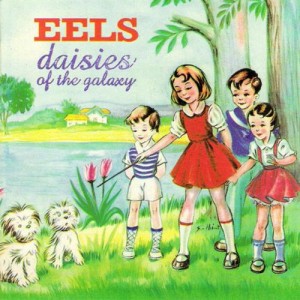
Eels – “Mr. E’s Beautiful Blues”
from Daisies of the Galaxy (2000; Dreamworks)
One of the best singles that Mark Oliver Everett ever released, “Mr. E’s Beautiful Blues” originally wasn’t intended to be on Eels’ 2000 album Daisies of the Galaxy. Everett aka E (the Mr. whose beautiful blues the song references) thought the song interrupted the flow of the album, and wanted the song kept separate from the album, voicing concerns that it disrupted the flow of it. The compromise? Add it to the end as an unlisted 15th track, thus saving the album’s joyful climax for the end. The curious part of it all is that this was actually the lead single from the album, and for good reason: It’s pure, buzzing, cellphone ringtone-ing pop of the highest order. In 2000, however, the idea of standalone singles was still about a decade two early or two decades too late, and thus, the hidden track solution. God damn right. – JT
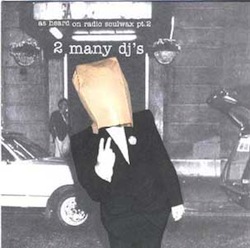
Kylie Minogue – “Can’t Get You Out Of My Head (Soulwax Elektronic Mix)“
from As Heard on Radio Soulwax Vol. 2 (2002; PIAS)
The presence of a hidden track on a CD was usually telegraphed by track numbers or lengths on electronic displays that didn’t jibe with a playlist. Unless it wasn’t telegraphed, of course, in which case the song was likely snuck into the pregap, a space before track 1 to either prepare a disc’s table of contents or store extra data. Not every standalone player can read this part of a CD, and computers have an even tougher time playing and extracting anything from it. But if you found the right equipment and pushed the “rewind” button at the start of Soulwax’s authorized mashup mix in their 2manyDJs alter egos, you’d back into this remix of Miss Minogue’s biggest hit. This version was very of-the-moment, equal parts late big-beat, proto-blog-house, and skillful glitch. And in their typical prankster style, Soulwax used that glitching to eventually rearrange Kylie’s lyrics into an embrace of lesbianism. – AB
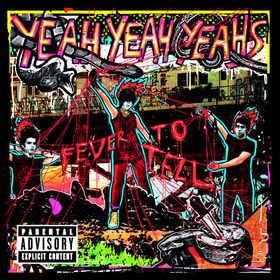
Yeah Yeah Yeahs – “Poor Song”
from Fever to Tell (2003; Interscope/Fiction)
Over time, “Poor Song” has evolved with the Yeah Yeah Yeahs, becoming recognized (and often listed on streaming services) as the closer to their amazing debut Fever to Tell. But upon initial release it is a surprising turn of events after the moody, effects-laden trio of “Maps,” “Y-Control” and “Modern Romance.” “Poor Song” came out of the left field for the band, a country-tinted, comparatively organic piece that would signal what was to come from the band on 2006’s Show Your Bones. And, on top of all that, it was an opportunity for a young David Andrew Sitek (TV on the Radio) to show off his flexibility as a producer. – ATB
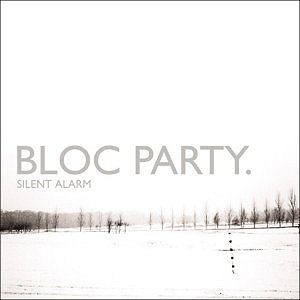
Bloc Party – “Every Time is the Last Time”
from Silent Alarm (2005; Witchita)
Bloc Party’s debut came around at a time when hidden tracks were, to put it plainly, mostly a formality. They were largely expected and weren’t usually strong highlights or offerings from their respective records. The digital era didn’t help, since it became obvious to tell if there was an unlisted track or a closing track run-time that was about twice the length of the other tracks on the record. So part of what makes “Every Time is the Last Time” so noteworthy is that, even today, the track remains largely hidden. That’s because the gorgeous, instrumental outro wasn’t featured on every version of Silent Alarm and also didn’t carry over into the world of streaming. Unless you own a physical copy with the song, your best bet is a YouTube search and, even then, you miss out on the song’s timing after false-closer “Compliments.” In this way, “Every Time is the Last Time” is, to this day, one of the last successfully hidden tracks, in that many first-time listeners are still surprised to learn of its existence. – ATB
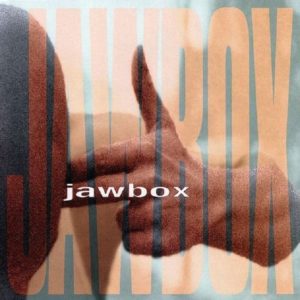
Jawbox – “Cornflake Girl“
from Jawbox (1996; Tag)
Oh, hey, there was still another track! If you were a fan of post-hardcore in the ’90s and the kind of listener who just let the CD keep going after the last track was done, then you were probably just as blown away as I was by Jawbox’s cover of this 1994 Tori Amos single. It’s not like it was so hard to find though—only a couple minutes after the end of “Absenter,” on their 1996 self-titled album, all of a sudden in comes a brief, high-pitched tone, and then one of the heaviest riffs to emerge on the entire album. So far, so good, but once it turns out to be a kickass reinterpretation of an alt-rock singer/songwriter staple, what starts as a pleasant surprise ends up as one hell of a ringer. The trick to making a great cover song is reinventing a song in the artist’s image, but when you don’t even see it coming, that’s something even more impressive. – JT

Endless, Nameless is neither a joke nor celebration of anything; it’s a noisy, abstract dirge in the vein of Sonic Youth’s experimental work. I don’t think I’ve ever heard anyone say it is funny, and that sure wasn’t Butch Vig’s reaction to Kurt’s meltdown. Here is a normal reaction to one of NIRVANA’s darkest and most creative songs:
https://www.youtube.com/watch?v=js_A2Tg_4h0